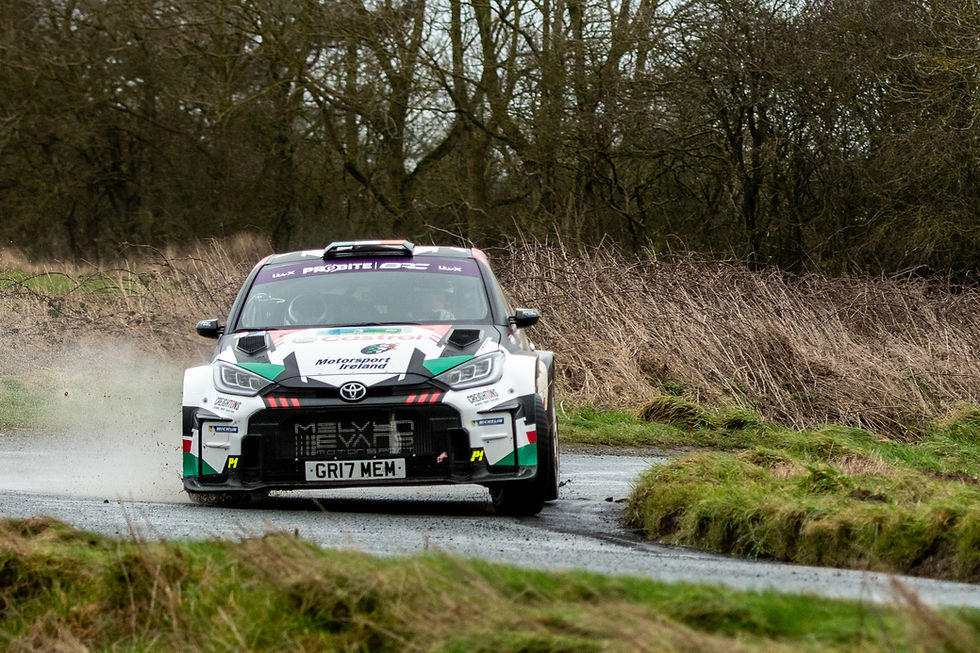The Story Behind the Stages - Dunnington
- Cat Lund

- Feb 13, 2022
- 2 min read
Sponsored by Sparrow Recovery
This stage is named after the tiny village of Dunnington near Hornsea. Small as it is, the village was mentioned in the Domesday Book, with households of two villagers and one priest, with ownership divided between the Archbishop of York and Drogo de Beuvrière.

The assessors recorded land and resources with a total of 27.3 ploughlands, one Lord’s plough team and two men's plough teams, with a total annual value to the lords of 25 shillings in 1086. The Domesday book was so called because its decisions were unalterable, like those of the Last Judgement,
and its sentence could not be quashed.
The landowner Drogo de Beuvrière also built Skipsea Castle, which is close to the start of the stage. Drogo was a Flemish mercenary and became the first Lord of Holderness, following the Norman conquest of England. The region was on the frontier of Norman power and the lordship was intended to protect central Yorkshire against potential Danish raids across the North Sea. The castle and the town of Skipsea formed the administrative centre of Drogo's huge estates, which stretched from the Humber to Bridlington. Drogo disappeared from history after he accidentally poisoned his wife, the King’s niece, and fled back to Flanders.
Although the area is comparatively flat, Dunnington is the stage with the most elevation changes. It is a very technical stage, slippery from farm traffic and narrow with tight corners and challenging cambers. The organising team have described it as “the sort of road that eggs you on to go faster and faster, until it catches you out”.

It’s the last stage of the loop for the crews, who will have completed 22 miles of stages before they head back to Bishop Burton for service or the finish.
We are delighted that Sparrow Recovery are sponsoring this stage - let’s just hope that not too many crews need their services!





Comments